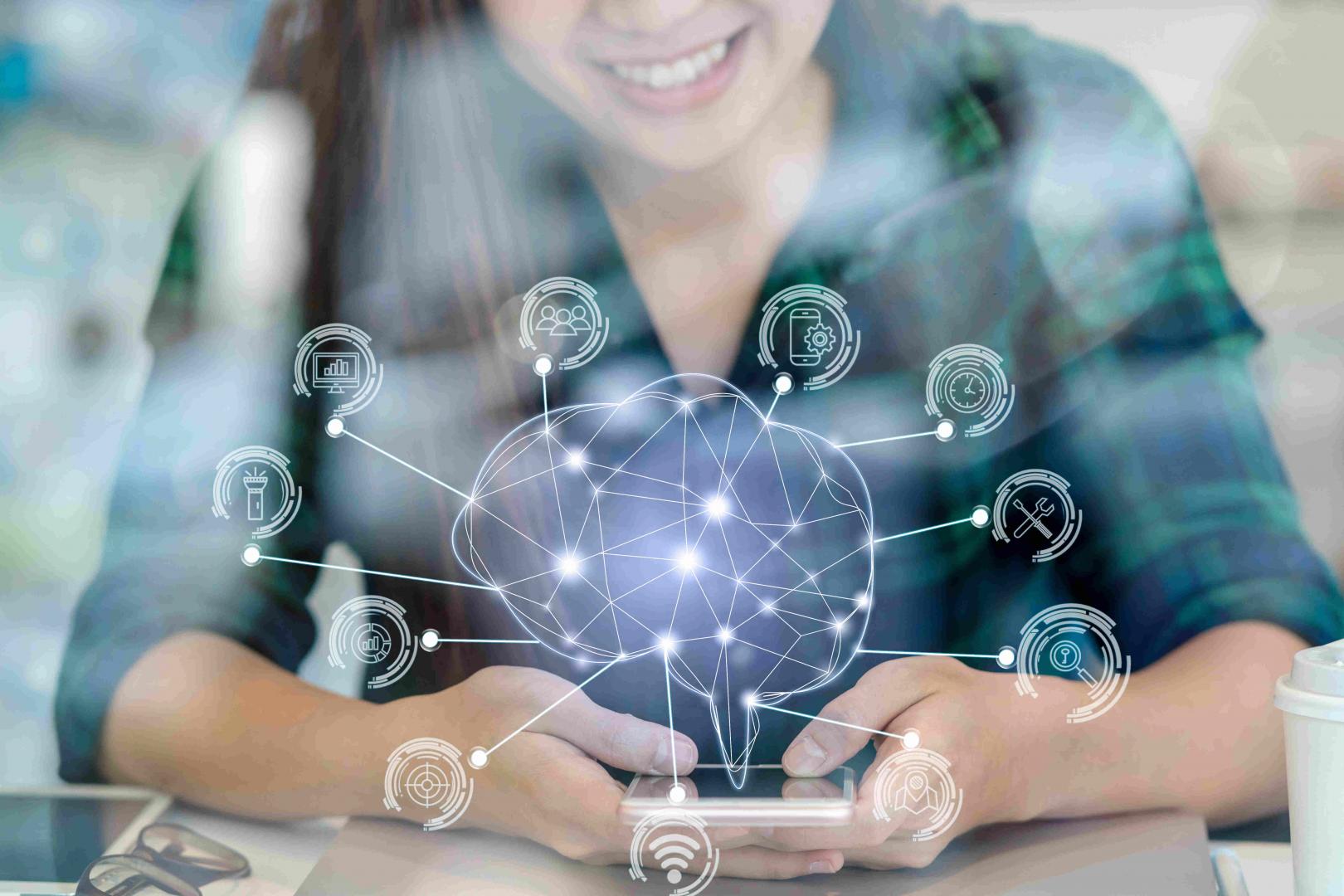Introduction
Most people don’t know that what machine learning is? Artificial Intelligence services, launched in the 1950s, is a type of artificial intelligence (AI). In 1959, Arthur Samuel had said. The first computer learning program in which an IBM computer got better at checkers’ game the longer it played. Fast-forward to today, when Artificial Intelligence is not just state-of-the-art technology, it can lead to jobs that are highly paid and interesting.
Machine learning engineers are in high demand due to, Tomasz Dudek says, nor the data analysts neither software engineers have the necessary skills for the sector of machine learning. Firms require experts who are knowledgeable in both sectors and can do what neither data analysts nor software engineers can do. That person is known as a machine learning engineer.
The phrases “artificial intelligence,” “machine learning,” and “deep learning” are often interchangeably thrown around, but it is essential to understand how they are unique from each other.
As per Oxford Living Dictionaries, AI is the theory and creation of computer systems capable of performing the task that generally needs human intelligence. Like visual perception, speech recognition, decision-making, and translation among languages. However, these may be called smart. Some AI computer systems are not able to learn themselves. That’s why machine learning and deep learning come in. let’s discuss these terms more deeply.
What is Machine Learning?
Computer systems are programmed with machine learning to understand and learn from data and information that is input sans being continuously reprogrammed. In other words, without special assistance from a human being, they keep improving their performance on a task, for instance, playing games. Machine learning is used in different industries such as art, science, finance, healthcare, etc.
And there are various ways of getting machines to learn. Most are easy, such as a basic decision tree, and some are more challenging, with multiple layers of artificial neural networks. Machine learning was made possible not only by Arthur Samuel’s groundbreaking program in 1959—using a relatively easy (today’s standards) search tree as its key engine, his IBM computer was continuously improved by checkers—but also by the Internet. Thanks to the Internet, a massive amount of data has been generated and processed, and that data can be made accessible to computer systems to support them “learn.”
Machine learning with R and Python are two of the most common approaches used today, although we’re not going to cover specific programming languages in this post.
What Is Deep Learning?
Some take into account deep learning to be the next pioneer of machine learning. The cutting advantage of the cutting edge. You may already have experienced the outcomes of an in-depth deep learning program without even knowing it. If you’ve watched YouTube or Netflix, you’ve already seen suggestions for what to watch.
Much like machine learning is considered a type of Artificial Intelligence, deep learning is sometimes considered a form of machine learning called a subset. Whereas machine learning utilizes easier concepts like predictive models, deep learning utilizes artificial neural networks developed to imitate the way humans learn or under and think.
For deep-learning computer systems, as with machine learning, the input is still being fed into them, but the knowledge is also in the form of massive data sets since deep-learning systems need a vast amount of data to understand and deliver reliable results.
5 Major Differences Between Machine Learning and Deep Learning
-
Human Intervention
While with machine learning systems, there is a human need to identify and hand-code the implemented features based on the data types (e.g., pixel value, form, orientation). A deep learning system aims to learn certain features without any human involvement. Take the Face Recognition Program as an example. The program initially learns to detect and identify the facial contours and lines and the more essential parts of your face, as well as the entire representation of your face. The volume of data involved in this is immense, and as time goes on, the program itself learns, the possibility of right answers (i.e., accurate recognition of faces) improves. The training takes place using neural networks, similar to the way the human brain functions, no need for a human being to recode the program.
-
Hardware
Due to the volume of data to be processed and the complexities of the mathematical calculations involved in the algorithm utilized, deep learning systems need much more advanced hardware than simple machine learning systems. One type of hardware utilize for deep learning is a graphical processing unit (GPUs). Machine learning applications can operate on low-end machines without as much processing power.
-
Time
As you might imagine, because of the large data sets that a deep learning system needs. And as there are several parameters and complex mathematical formulas used. A deep learning system will take a long time to learn. Machine learning could consume as little time as a few seconds to a few hours, while on the other side, deep learning can need a few hours to a few weeks.
-
Approach
Algorithms utilized in machine learning aim to analyze data in components, then those components are combined to deliver a response or solution. Deep learning systems look at the whole problem or situation in one fell swoop. For example, if you wanted the software to recognize specific objects in a picture (what they are and where they are placed—license plates on cars in a car park.
You’d have to go through two stages for machine learning: first, object detection, and then object recognizing. On the other side, with the in-depth learning program, you can add the image, and with the learning, the program would return all the recognized objects and their position in the image to one outcome.
-
Applications
Despite all the other differences discussed above, you have probably understood that machine learning and deep learning systems are both used for various apps. Where it is used: Basic machine learning apps involve predictive programs. Email spam locators and programs that create evidence-based treatment plans for medical patients.
Besides the examples given above of Netflix and facial recognition, self-driving cars are a highly publicized app of deep learning—programs use several layers of neural networks to do things such as recognize obstacles to avoid identifying traffic signal lights. And must know when to speed up or slow down.
So, let’s hope this post gives you all the basics information about machine learning and deep learning and a preview of machine learning and deep learning developments in the future. Many well-known companies are working on these new marketing trends and technologies as Cubix is among them.
Author Bio:
A man Khan Digital Content Producer for Cubix. He develops and implements content strategies for Cubix, along with aligning business goals with content marketing activities. He actively contributes articles related to digital and content marketing.
man Khan Digital Content Producer for Cubix. He develops and implements content strategies for Cubix, along with aligning business goals with content marketing activities. He actively contributes articles related to digital and content marketing.

















![TamilMV Proxy List Top 30+ [Unblock TamilMV Sites] TamilMV Proxy Unblock](https://technewsgather.com/wp-content/uploads/2023/04/17825836_SL-121019-25870-14-1-100x70.jpg)